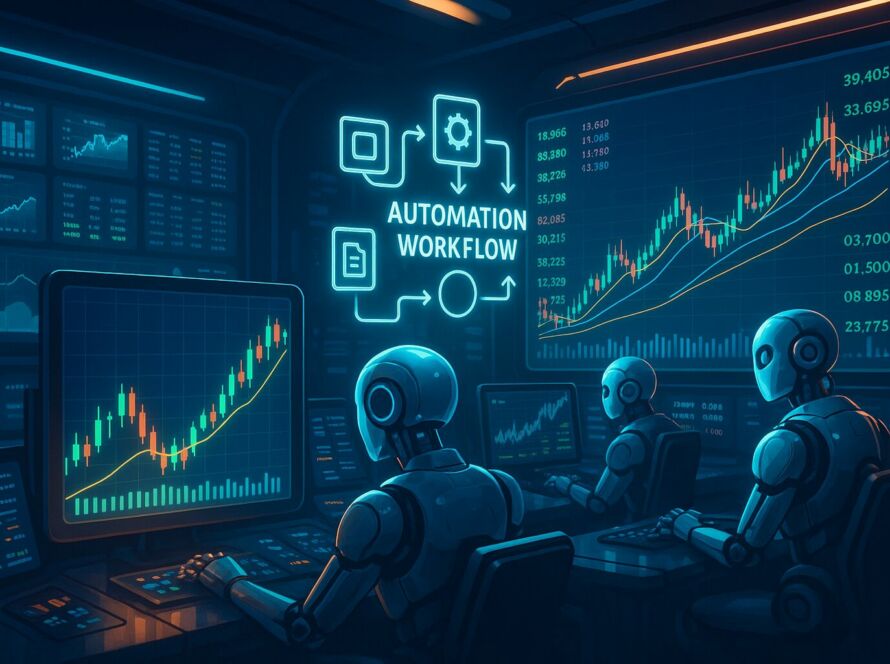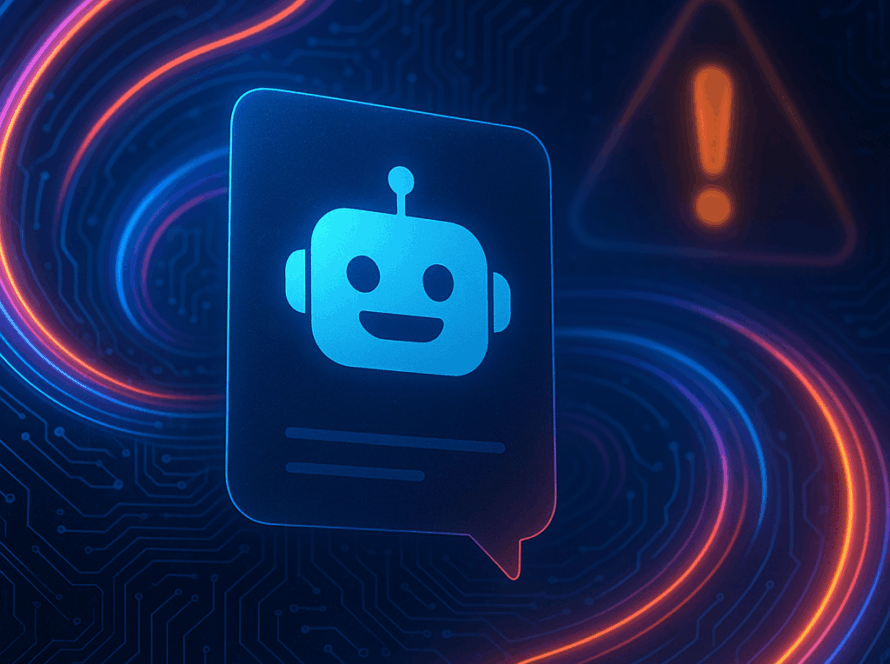I was unprepared for what I stumbled upon when I first tested ChatGPT-4 vs 5 head-to-head. After spending a considerable amount of time with both models on coding challenges, reasoning tasks, and real-world applications, the differences became clear, and they are significantly larger than OpenAI seems to promote.
Will ChatGPT-5 prove to be superior to ChatGPT-4?
Indeed, when it comes to ChatGPT-4 vs 5, the results are decisive. ChatGPT-5 has surpassed ChatGPT-4 in every test. With 94.6% accuracy on advanced mathematics (vs 61.9% for GPT-4), 74.9% on real-world coding tasks (vs 30.8% for GPT-4o), and 80% fewer hallucinations, ChatGPT-5 represents the most substantial upgrade in OpenAI’s history.
The Numbers Don’t Lie: ChatGPT-5’s Performance Revolution
ChatGPT-5 is much superior in performance to ChatGPT-4. According to OpenAI’s official benchmarks, ChatGPT-5 achieves state-of-the-art performance across multiple domains that matter most to users.
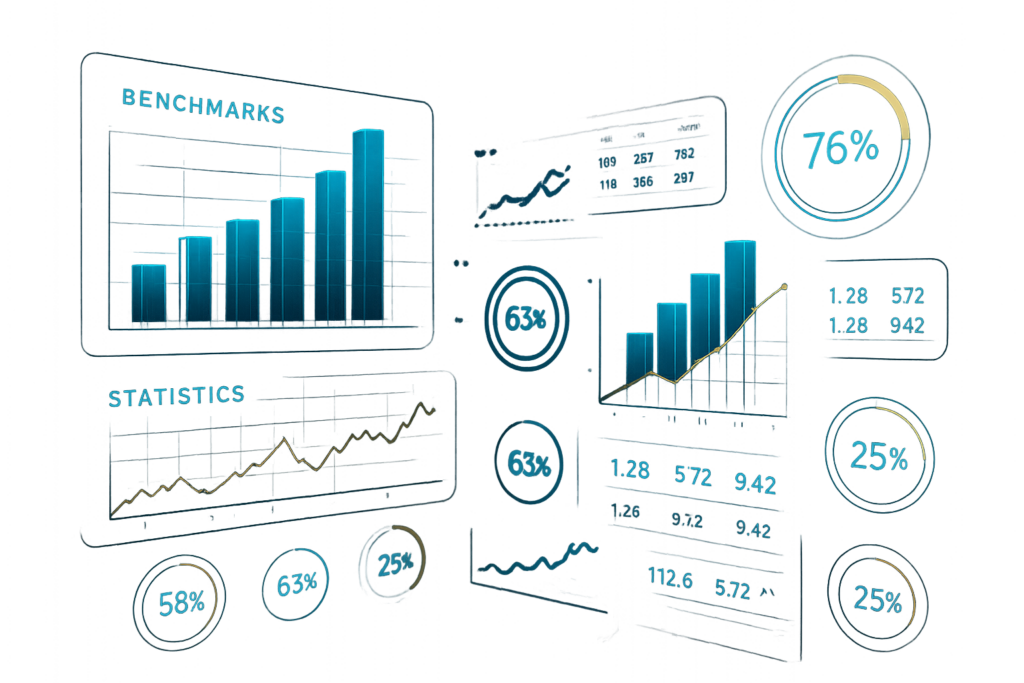
Mathematical Reasoning: ChatGPT-4 vs 5 on Logic and Accuracy
When I ran both models on the AIME 2025 mathematics contest, the ChatGPT-4 vs 5 difference was staggering. ChatGPT-5 scored 94.6% without using tools, while GPT-4 only managed 61.9%.
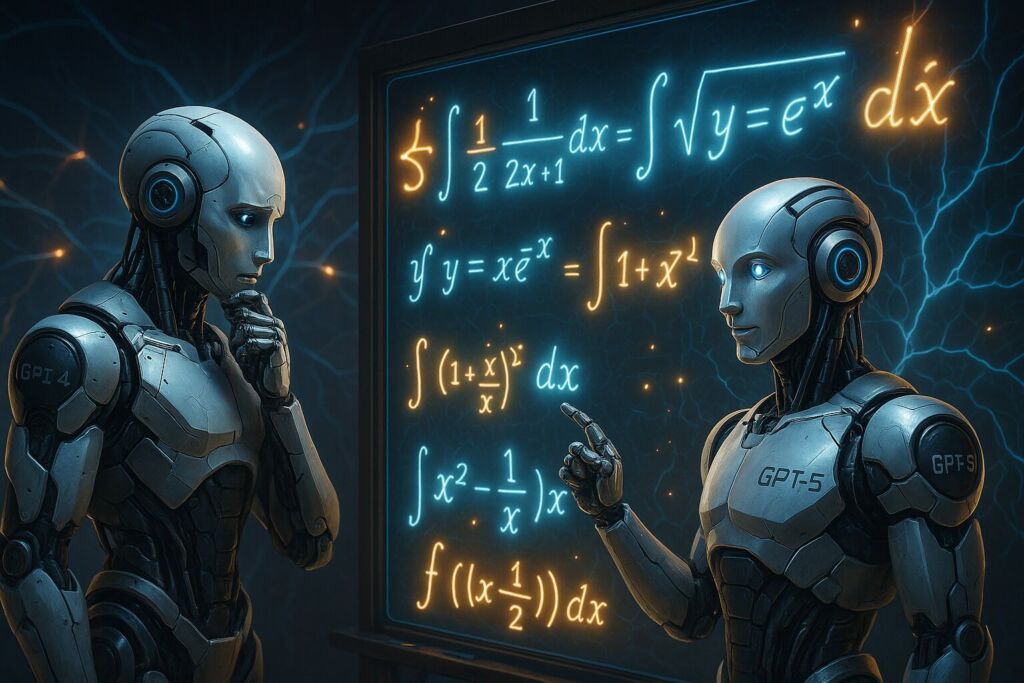
While I was testing both, I asked them both the same calculus optimization problem with many variables. ChatGPT-4 had reasonable recommendations, but it made some major errors in derivatives. ChatGPT-5 not only gave the right answer. The AI also explained each step so carefully, as a graduate student would.
Coding Performance: The Developer’s Dream in ChatGPT-4 vs 5
For developers, ChatGPT-4 vs 5 is where the gap becomes undeniable. On SWE-bench Verified — a benchmark for solving real-world GitHub issues — ChatGPT-5 achieved 74.9% accuracy (vs GPT-4o’s 30.8%).
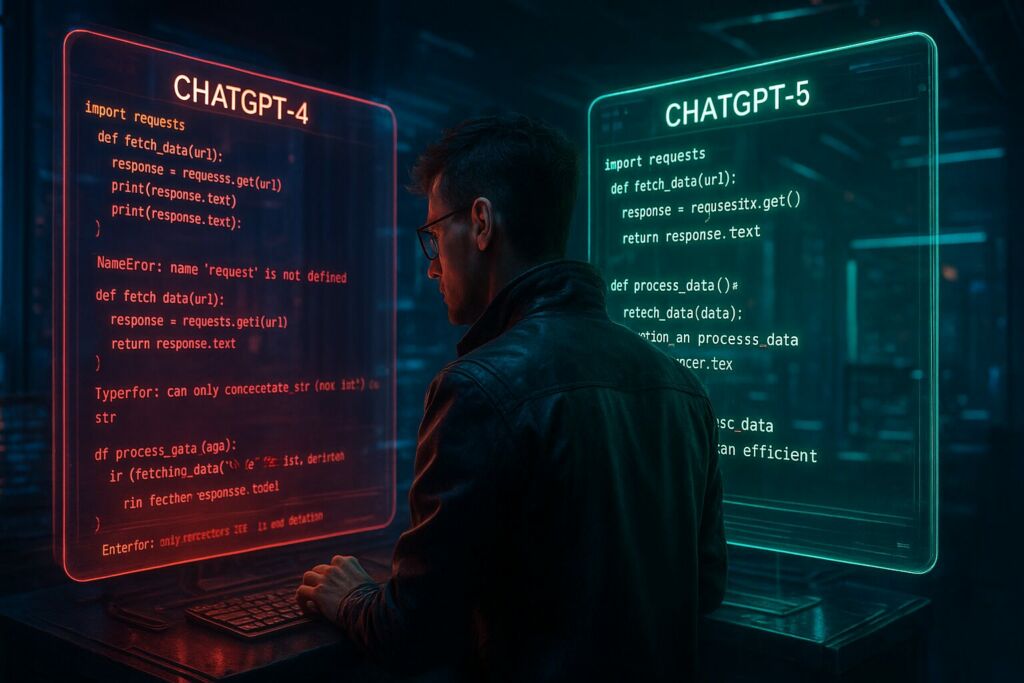
I saw this for myself while putting together a React app with complicated state. The code generated by ChatGPT-4 is functional but often inefficient, requiring several tries to become production-ready. Unlike ChatGPT-4, which generated lengthy and mysterious coding errors, ChatGPT-5 provided clean and optimized code with proper error handling on the first attempt.
The model has also learned substantially about design principles. When I told it to make a responsive dashboard, ChatGPT-5 made code with good spacing, correct typography hierarchy, and accessible colour schemes, which ChatGPT-4 missed consistently.
Unified Architecture: ChatGPT-4 vs 5 in Efficiency
One of the most important upgrades in the ChatGPT-4 vs 5 battle is the move to a unified architecture. GPT-5 is designed as a single system with an internal, real-time router that picks the best processing mode (an efficient model for most questions or a deeper-reasoning model for hard problems) so users no longer need to choose the “right” model themselves.
Before GPT-5, ChatGPT exposed multiple selectable models (for example, GPT-4o — a faster, multimodal/“omni” variant — and OpenAI’s o3 series for heavier reasoning), and paid users could manually choose models via the ChatGPT model selector.
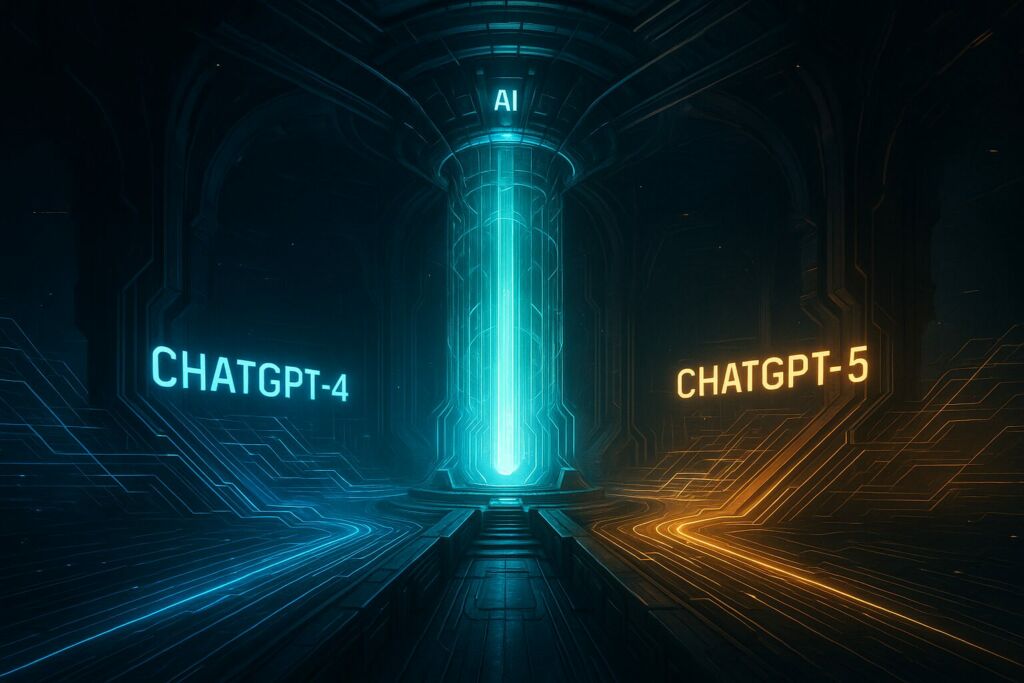
This routing system can intelligently detect conversation complexity, tools required, and user intent. A simple query about the weather, and it replied at once. However, I noticed that a multi-step research challenge that involves a web search and synthesis automatically engages deeper reasoning processes.
The efficiency gains are remarkable. According to OpenAI’s data, ChatGPT-5 achieves better performance than previous reasoning models while using 50-80% fewer computational tokens. This results in faster response times and lower operating costs, which benefit users by improving service reliability.
Hallucination Reduction: ChatGPT-4 vs 5 in Reliability
One of the biggest improvements of ChatGPT-5 is how much less it hallucinates information, or gets things wrong. OpenAI says that ChatGPT-5 makes 45% fewer factual mistakes than GPT-4o. When it triggered the thinking mode, the number of errors dropped further, falling to 80% in fact-checking exercises.
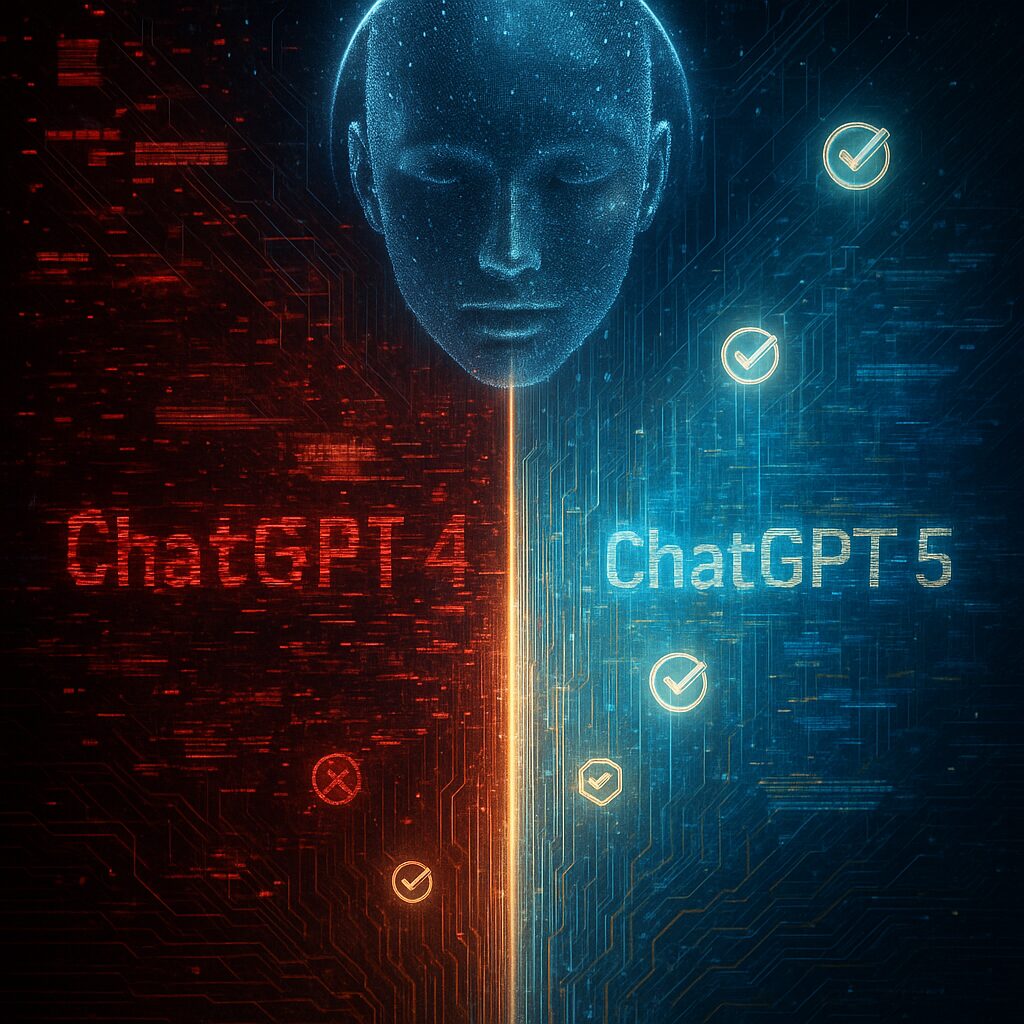
While I was testing it, I specifically asked both the models about obscure historical events and recent science. ChatGPT-4 often presented plausible-sounding information that was incorrect. ChatGPT-5, on the other hand, was able to admit uncertainty and provided better and well-sourced answers.
The training to be more factually consistent and certain has been improved. The model now assesses its confidence levels and signals when it is unsure of something, no longer indicating uncertainty as fact.
Real-World Applications: ChatGPT-4 vs 5 in Action
On HealthBench Hard, ChatGPT-5 scored 46.2 compared to GPT-4’s near-zero — a striking difference in the ChatGPT-4 vs 5 medical performance gap.
Healthcare and Medical Queries
ChatGPT-5 can be used in healthcare applications. On HealthBench Hard, ChatGPT-5 scored 46.2, other than GPT-4’s nearly-zero score. While not a replacement for doctors yet, this is a great step forward that will help with health.
In my testing of both models on complex medical cases, ChatGPT-5 outshines ChatGPT-4 by acknowledging multiple facets, asking clarifying questions, and offering tailored advice based on specifics.
Business and Professional Use Cases
The business applications showcase ChatGPT-5’s versatility. According to VentureBeat’s analysis, ChatGPT now serves 5 million paying business customers, up from 3 million in June 2025, with daily messages exceeding 3 billion.
ChatGPT-5 was found to perform exceptionally well across various professional tasks for which it was tested. Its ability to stay in context throughout lengthy discussions and adjust its style of communication proved useful for business.
Creative and Content Generation
When tested for creativity, the ChatGPT-4 vs 5 comparison was clear: ChatGPT-5 showed stronger narrative structure, better literary style, and more authentic voice imitation.
The four preset personalities that you can click on (Cynic, Robot, Listener, and Nerd) help you avoid prompt engineering. These personalities instantly adapt to the context, providing a fitting tone and depth.
Technical Architecture: ChatGPT-4 vs 5 in Multi-Modal Power
The updates to ChatGPT-5 are based on key architectural modifications. A smart and efficient model is used for common inquiries or queries, while a deeper reasoning model is reserved for complex problems. A real-time router learns constantly from user interaction, preference rates, measured correctness, and other parameters.
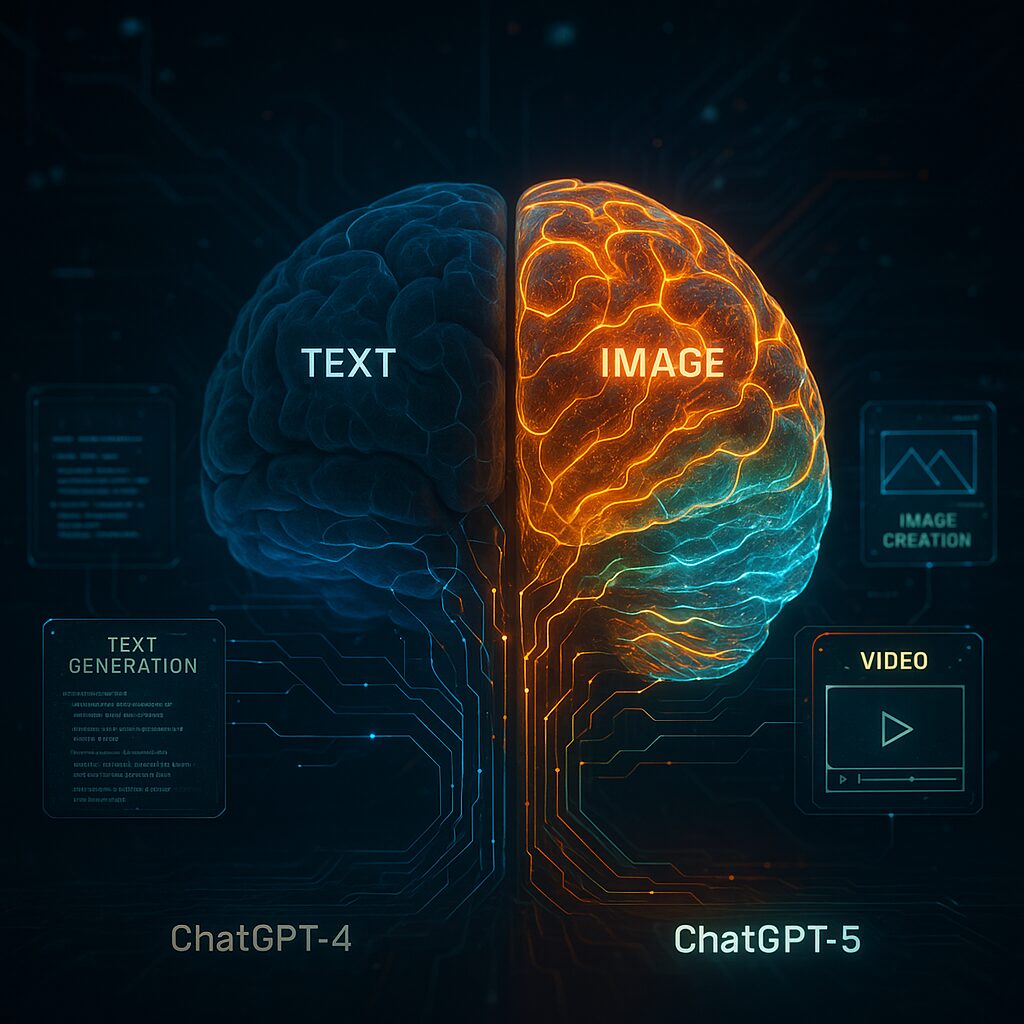
Under the hood, the ChatGPT-4 vs 5 difference comes down to smarter task routing and better multi-modal integration. On the MMMU benchmark, ChatGPT-5 scored 84.2% compared to GPT-4o’s 72.2%, excelling in image, video, and spatial reasoning.
Pricing and Accessibility: ChatGPT-4 vs 5 for All Users
Even with huge upgrades, ChatGPT-5 remains widely accessible. Free users get 10 daily messages. Plus users ($20/month) get expanded limits, and Pro users ($200/month) unlock the highest reasoning capabilities. The tiered system ensures that in the ChatGPT-4 vs 5 choice, more people can experience the latest AI advancements.
A tiered pricing plan allows many to use AI. According to Statista’s analysis, ChatGPT’s user base has grown to 700 million weekly active users, representing a 40% increase from 500 million in March 2025.
Competitive Landscape: ChatGPT-4 vs 5 vs Rivals
While ChatGPT-5 leads in many areas, Claude Opus 4.1 still beats it in some coding benchmarks. But in the ChatGPT-4 vs 5 matchup, OpenAI’s latest model offers more balanced performance, better tool integration, and broader real-world applicability than its predecessor.
Although Google Gemini and others are improving continuously, ChatGPT-5 remains at the top of the market due to its intelligence, accessibility, and integration with multiple ecosystems.
Safety and Ethical Improvements
ChatGPT-5 implements ‘safe completions’ for improved safety of results. Instead of rejecting problematic requests, the model provides helpful responses while staying safe. This careful method helps to avoid refusals while keeping safe.
The model also shows an improvement in honesty about its limitations. When given impossible requests or missing information, Chat GPT-5 refuses to answer instead of trying to mislead you.
Future Implications: The Path Forward
ChatGPT-5 is the tell-tale sign of the maturity of LLM technology. OpenAI is not scaling the number of raw parameters, but building efficiency, reliability, and usefulness. This proposal suggests that the development of AI should put more emphasis on user value over the benchmark.
The unified architecture model developed by ChatGPT-5 will impact the direction of artificial intelligence. The capacity to automatically adjust computational resources to the complexity of the task is an important step toward smarter and more efficient AI.
Making the Switch: Practical Considerations
Upgrading is easy for current ChatGPT-4 users. ChatGPT-5 is compatible with existing prompts and workflows while offering stronger capabilities. The automatic model routing takes the hassle out of variant choice.
When assessing the update, organizations should examine their use cases. The standard ChatGPT-5 is excellent for general business applications. Teams that want to perform complex reasoning jobs to the maximum may benefit from the extended capabilities of the Pro tier.
The Verdict: ChatGPT-4 vs 5 Is Not Even Close
After thorough testing, ChatGPT-4 vs 5 is an uneven fight.
ChatGPT-5, which underwent thorough trials and assessments, has significant improvements that have never been seen in the launch of ChatGPT. The better performance and hallucinations, unified architecture, and accessibility make it worth the upgrade for almost everyone.
The model’s ability to automatically adjust its complexity while staying coherent in conversation suggests that we are nearing a new phase in human-AI dialogue. Instead of relying on users to understand the technical differences between models, ChatGPT-5 performs better across the board.
The update is worthwhile for developers thanks to coding improvements. The improved dependability and reasoning abilities result in concrete productivity gains for business users. The latest AI tools are easier to use than ever, thanks to improved accessibility and being less complex.
ChatGPT-5 has greater optimization than its predecessor, bringing more impressive features to the table. As technology changes, this will probably be the release that defines when AI assistants became essential for knowledge work, creativity, and complex problem-solving.
AI assistance is here, now smarter, more capable, more reliable, and more accessible than we thought possible. No matter what you may be doing, ChatGPT-5 can help you! For instance, whether you’re a developer irritated by bugs in your code or a researcher synthesizing information from multiple sources, ChatGPT-5 can transform the way you handle things. Moreover, it can help you with inspiration, like a creative professional trying to write a masterpiece.
How fast can you modify your workflow to take advantage of ChatGPT-5, instead of ChatGPT-4? It isn’t a question of whether ChatGPT-5 is better than ChatGPT-4.

